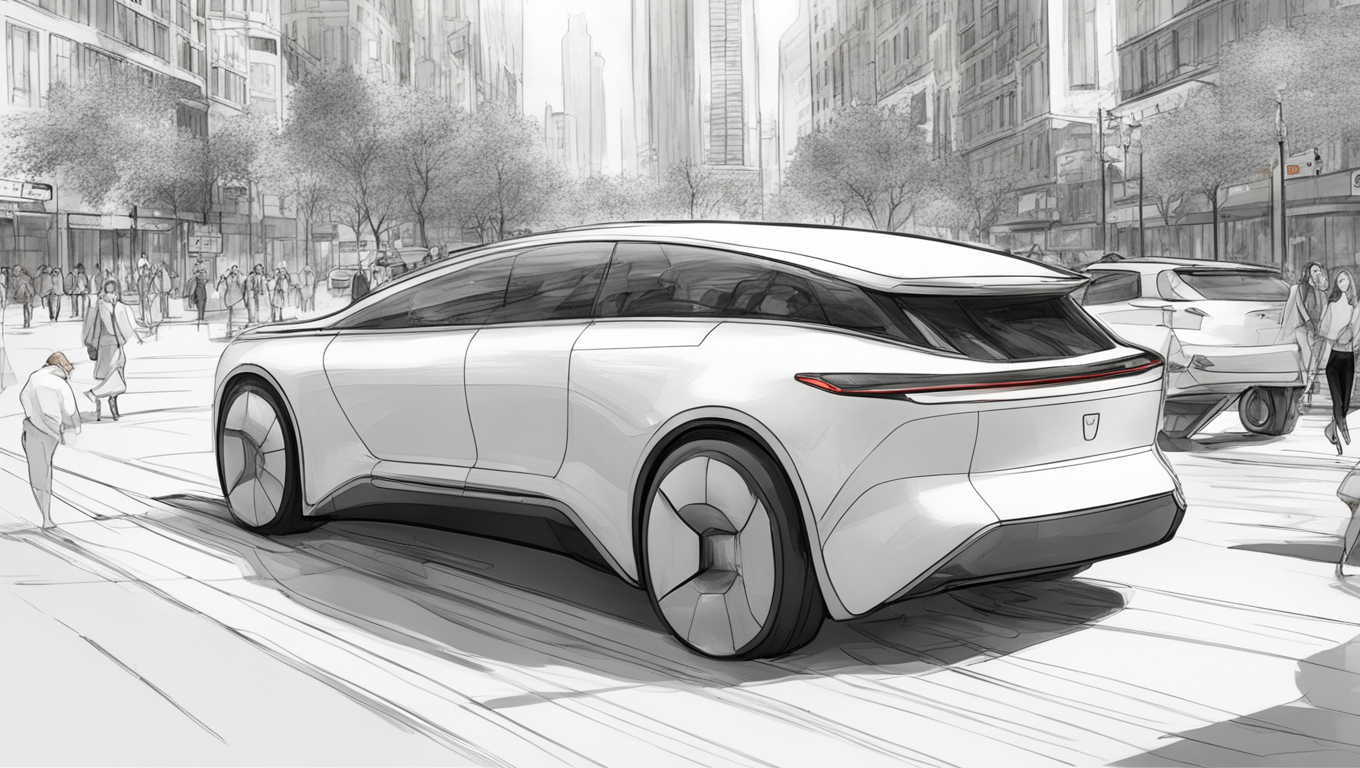The future is here, and it’s behind the wheel of a driverless car. Google, the tech giant known for its cutting-edge innovations, has introduced Waymo, a self-driving car that is revolutionizing road safety and transforming the automotive industry. What sets Waymo apart is its use of artificial intelligence, or AI, which enables the car to outperform humans when it comes to driving. Regulators in San Francisco and Phoenix were quick to recognize the potential of Waymo and legalized its operation on public roads.
But what makes Waymo so safe? It all comes down to the sensors attached to the car. These sensors, placed on the top and sides of the vehicle, emit laser beams that bounce back and provide the car with a detailed understanding of its surroundings. This, coupled with the AI algorithms running in the background, creates a robust and intelligent system that operates like the human nervous system. The more the car drives, the more data it collects, and the smarter and safer it becomes.
And the results speak for themselves. Waymo cars have driven millions of miles on public roads without a single fatality or injury. In contrast, human drivers are responsible for nearly 43,000 deaths in the United States every year. Drunk driving alone accounts for 13,000 deaths, while another 6,000 lives are lost due to drivers falling asleep at the wheel. The driverless car has the potential to significantly reduce these numbers and make our roads safer for everyone.
Of course, accidents involving Waymo cars do occur, but the overwhelming majority are due to human error. In fact, most incidents involve a human driver colliding with a Waymo vehicle. Another player in the autonomous car space, Cruise, owned by GM, has faced similar challenges. California regulators temporarily suspended their permit to operate in autonomous mode after deeming them an “unreasonable risk to public safety.” However, Cruise can still operate with a human driver in the front seat as a precaution.
It’s refreshing to see that California regulators have taken a pragmatic approach to this new technology. Instead of outright banning innovative ideas after accidents, which has been the norm in the past, they have exercised restraint. As a result, five hundred Waymo cars continue to operate freely in San Francisco and Phoenix, protecting and serving their communities.
While there are still some concerns to address, such as the ability of first responders to move Waymo cars in emergencies, the advantages far outweigh the challenges. The fear of hackers taking control of autonomous vehicles and causing chaos on the roads is largely unfounded, as advancements in technology always come with “what ifs.” Solutions are found, and progress continues.
However, it’s worth noting that not everyone is onboard with the driverless car revolution. Unions, for instance, fear job losses in industries such as taxi drivers, delivery drivers, and truck drivers. While their concerns are valid, there is a bigger picture to consider. The introduction of driverless cars will ultimately lead to a shift in employment opportunities, creating new roles and industries that cater to this evolving technology. In the long run, it will benefit the majority of workers.
Unfortunately, some individuals are not content with simply expressing their concerns. In San Francisco, anti-car activists have resorted to vandalizing autonomous vehicles. But despite this opposition, the majority of people who have experienced riding in a driverless car are impressed and enthralled by the possibilities it presents. It’s a glimpse into the future, akin to the wonder people felt when they first witnessed the invention of the light bulb or witnessed a plane take flight.
In conclusion, fully driverless cars are here, and they represent a monumental step forward in road safety and the future of transportation. It’s crucial that more places embrace this technology and allow its widespread adoption. The real threat lies in excessive regulation and delays, which could cost countless lives. The driverless car revolution is upon us, and it’s time to embrace it for a safer and more efficient future.





Use the share button below if you liked it.